For the past 20 years, there have been only two giants fighting for market dominance over the rest of the market for computer architecture types: laptops and desktops. Typically, since their inception, they have been x86 architecture-based, whereas nearly the entire world's smartphones are based on ARM architecture. Although Qualcomm and Microsoft's foray into the Windows on ARM operating system, specifically designed for the ARM architecture, has recently garnered more attention in the laptop space, the new kid on the block, RISC-V, is also gaining momentum.
RISC-V itself is an open-source instruction set architecture that's being touted as a potential market game-changer. With the support of big players like Google, Qualcomm, and Intel, there's no question RISC-V isn't here for a short-term publicity stunt. The question is: Will it be a serious threat to ARM in the smartphone space and the x86 for PCs, or is it another overhyped alternative?
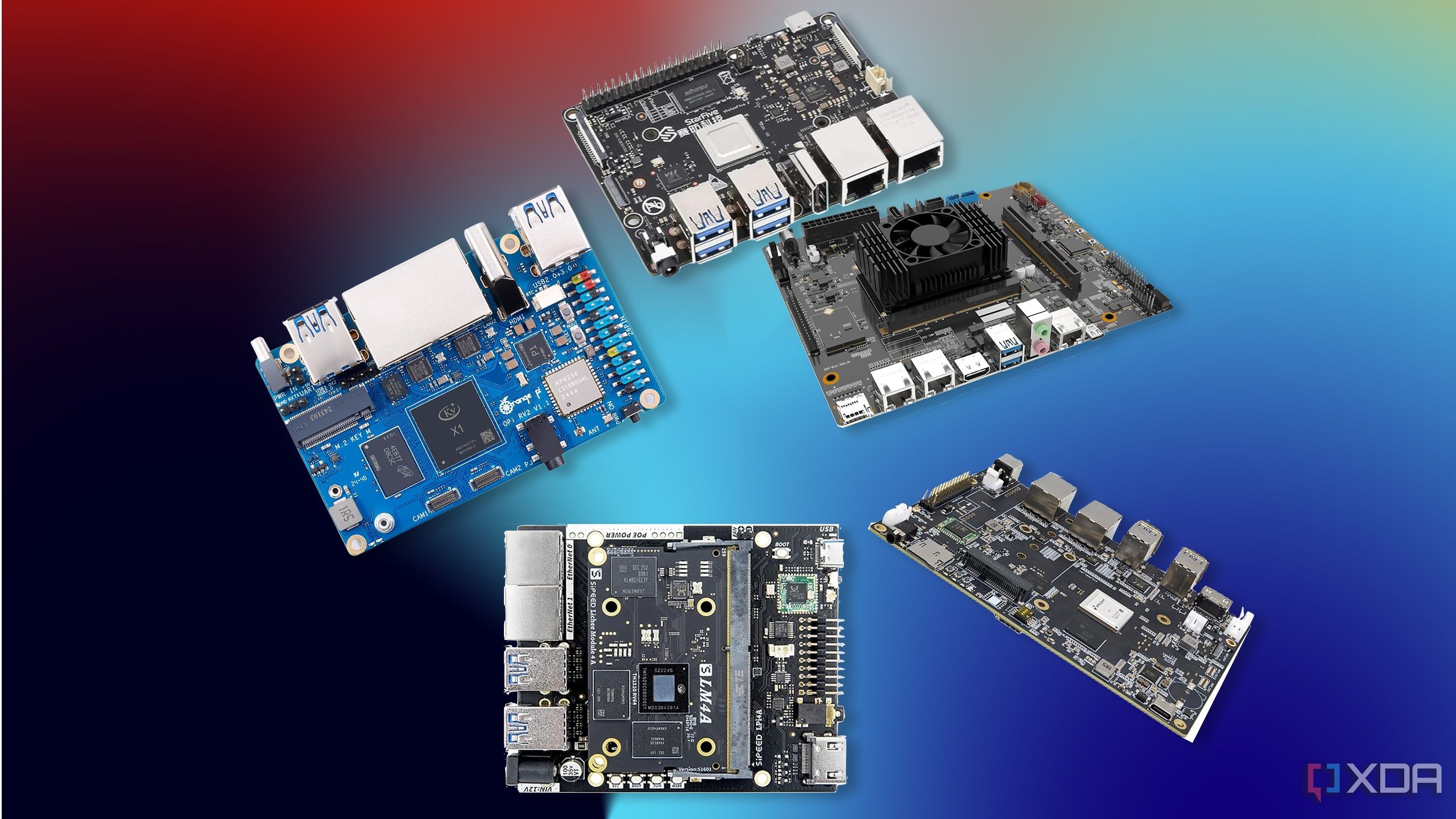
Related
5 RISC-V SBCs that are worth using instead of a Raspberry Pi
Raspberry Pi might be the king of SBCs, but there are a few RISC-V boards that are definitely worth considering instead
Why is RISC-V different from the competition?
RISC-V differs from architectures like ARM, Intel, and AMD
One element that makes RISC-V stand out from the crowd in CPU architecture designs is that no single company owns the RISC-V architecture or its associated designs. Unlike the ARM and the x86 architectures, in the case of ARM, this is usually licensed to manufacturers to implement their designs into their products, such as smartphones.
The RISC-V ISA is an open-source architecture, meaning manufacturers can use, modify, and extend it without incurring additional licensing fees. Therefore, some companies are drawn to it, and NVIDIA's failed attempt to acquire it raised obvious questions about ARM's neutrality in this ecosystem. Customization is another major advantage.
ARM's strategy of getting chipmakers to use pre-designed cores (the Cortex series) or purchase an architectural license at an additional cost (as Qualcomm and Apple are doing) is something RISC-V does not offer, eliminating the extra licensing or ISA adoption costs. Adopting RISC-V allows users to design core-specific instances without restriction, making it suitable for AI accelerators, IoT devices, and edge computing.
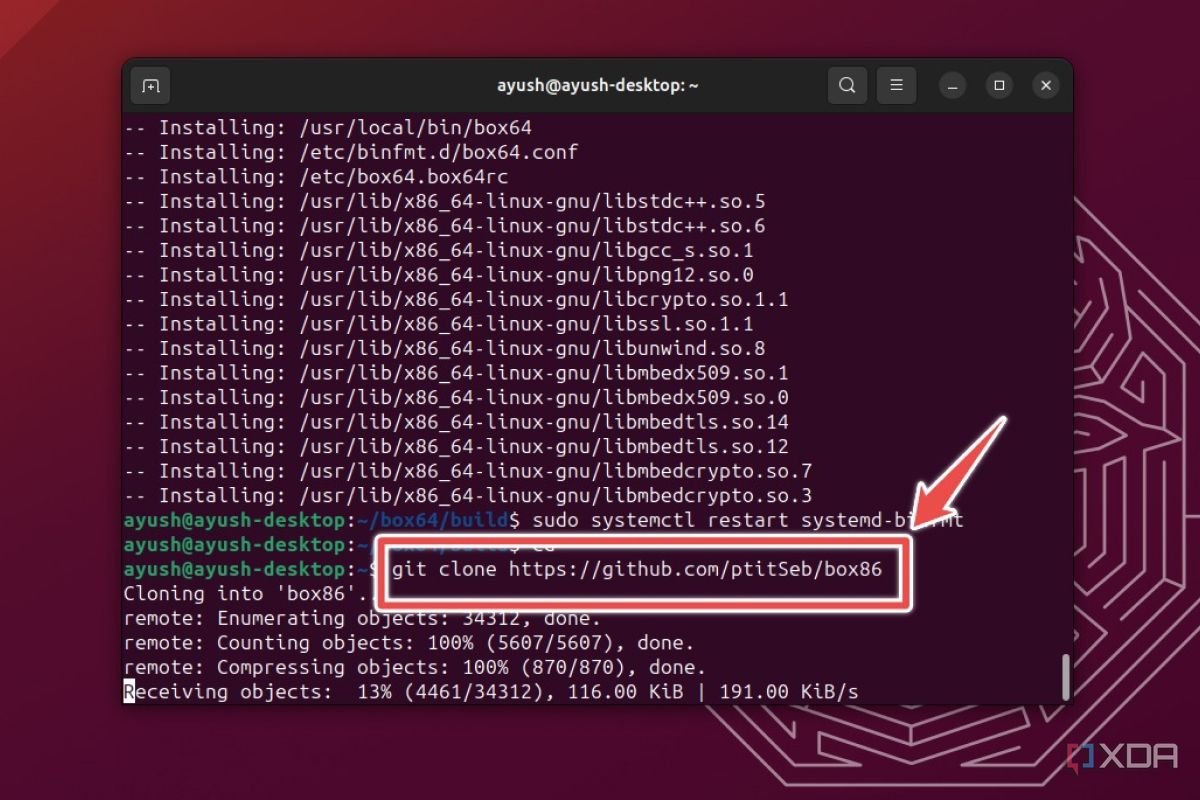
However, while customization is an advantage, it also presents the dangers of fragmentation. ARM's licensing model provides some standardization in the sense that software compiled for one ARM-based SoC will typically run on another. RISC-V, however, permits firms to customize the ISA, which might introduce incompatibilities if producers don't adhere to common standards. How the RISC-V ecosystem is managed will be critical to whether this flexibility remains an advantage or a disadvantage in the long run.
Where is RISC-V beating the competition?
It has key areas where it can compete with x86 and ARM in certain use cases
RISC-V is already thriving in areas and devices, such as microcontrollers, AI accelerators, and embedded systems. SiFive, Alibaba’s T-Head, and others have already integrated RISC-V processors into products ranging from storage controllers to smart home devices.
Google’s recent activity in enabling RISC-V support on Android suggests that a RISC-V-based smartphone is possible, but it isn’t something we can expect to see anytime soon, as they toss and turn over where and how Android on RISC-V will be utilized; they have announced it in the past and u-turned, so that doesn’t inspire as much confidence as RISC-V might like to.
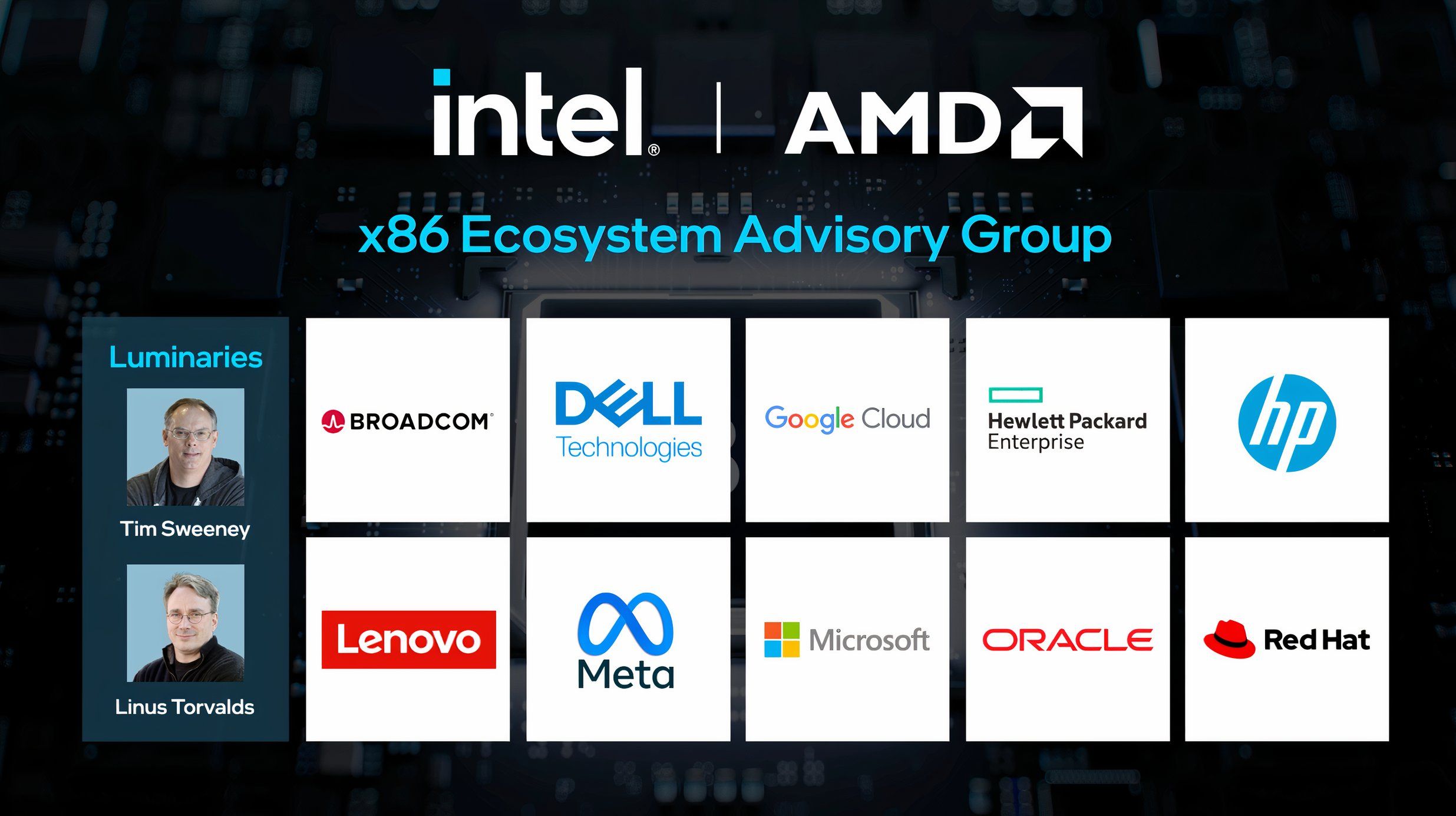
Credit: Intel
Apart from IoT and AI, laptops and servers are the next frontier. Qualcomm, the giant primarily favored by ARM ISA designs, has been experimenting with RISC-V in low-power computing use cases. Ventana Micro Systems and Tenstorrent are also working on performance-class RISC-V processors.
Intel, the long-time loyal defender of the x86 platform, has also invested in the RISC-V platform, although probably for deployment in more niche markets and not as part of their core designs. This includes the creation of the x86 Ecosystem Advisory Group by both Intel and AMD last year to ensure cutting-edge hardware, software, and holistic solutions.
The push into cloud and server workloads is where things get interesting. Hyperscalers like Google, Amazon, and Meta have all shown interest in RISC-V, not necessarily to replace x86 or ARM outright, but to create custom silicon for specific workloads. The ability to design cores for in-house use cases without the licensing fees plays into the vertical integration trends. If a big player in the industry, such as AWS, which already has ARM-based Graviton processors, can see some value in adopting RISC-V for specialized workloads, it could slowly erode ARM’s grip on the data center market.
The challenges facing RISC-V
RISC-V faces numerous challenges in keeping up with the competitive landscape of x86 and Arm.
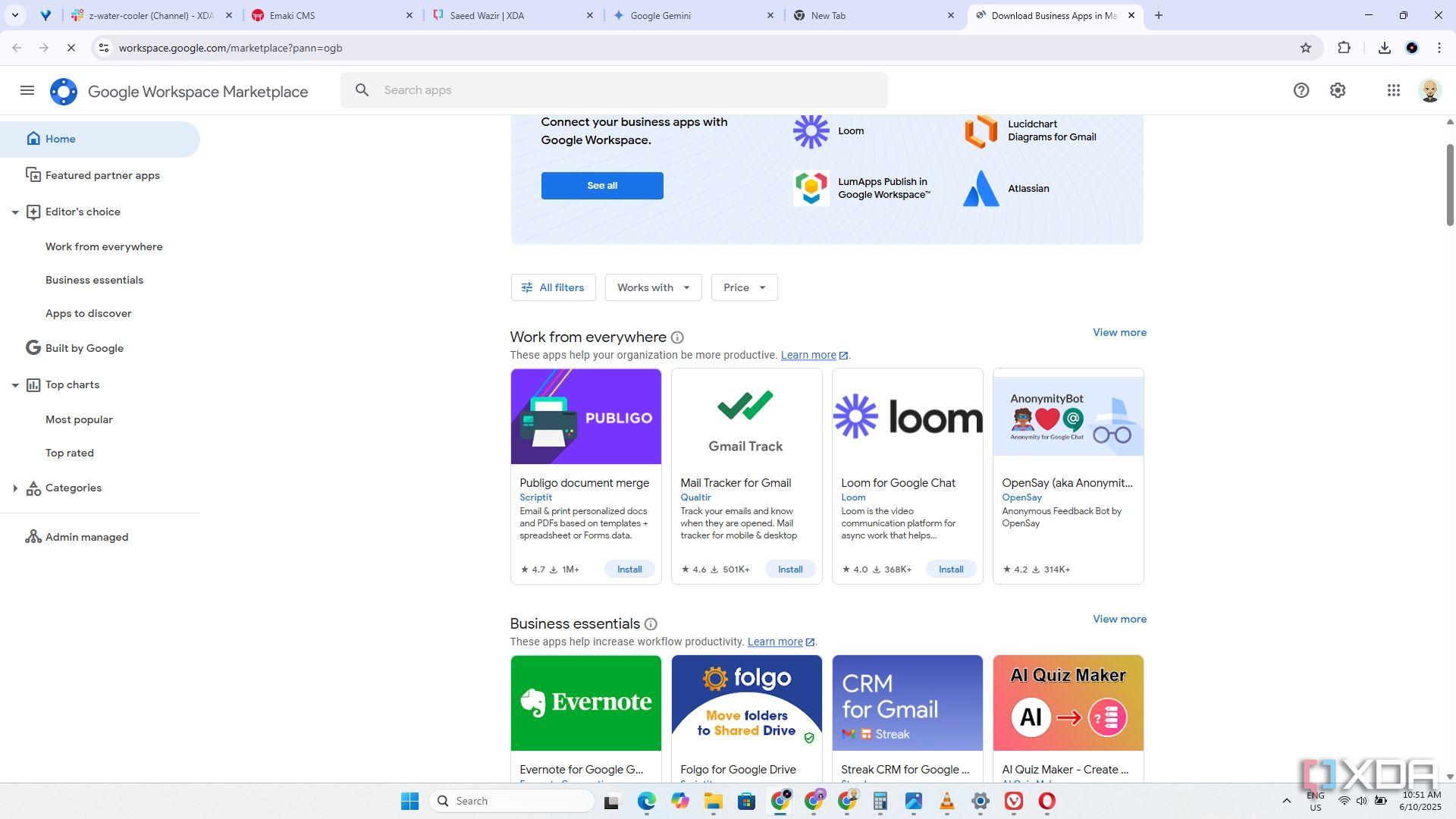
Despite the promise, RISC-V will not replace ARM or x86 overnight. The largest obstacles are performance parity and software support. Here are some examples of the primary challenges facing RISC-V as an architecture compared to ARM and x86.
Software Ecosystem: Decades of optimized software development favor ARM and x86. Linux support for the RISC-V ISA is improving, but there is no such support for Windows, and Android has only recently begun development.
Insufficient mature software support has been the Achilles' heel of many promising architectures, and RISC-V is no exception. Developers require time to optimize operating systems, libraries, and compilers for the ISA, and until major software vendors fully support it, adoption will be limited outside niche markets.
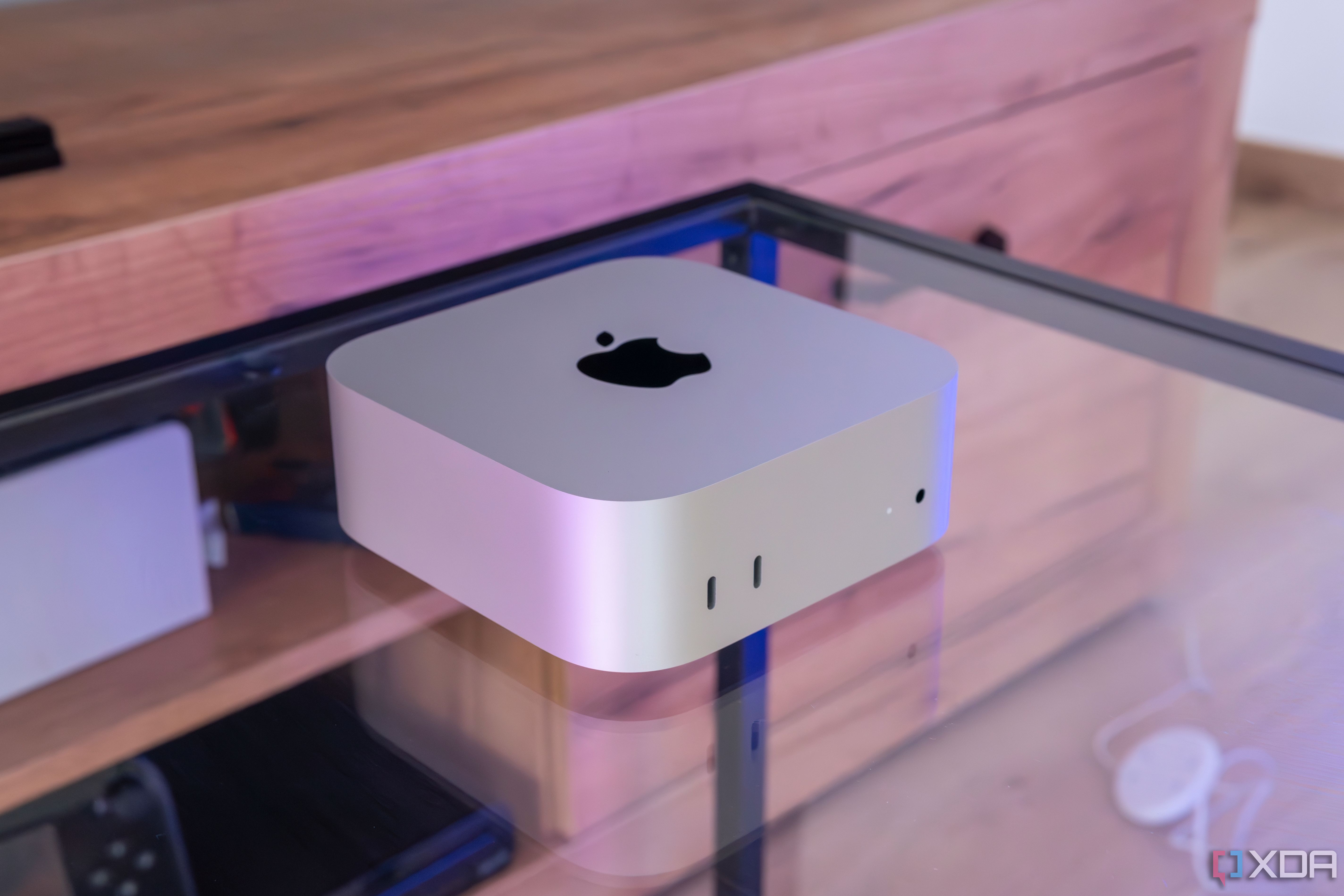
Related
5 reasons x86 might not be the future of home computing anymore
x86 has seen setback after setback, and now Arm is looking to capitalize.
Performance Pathways: ARM and x86 have decades of tuning their architectures for maximum efficiency and performance. RISC-V chips today generally fall behind the best that ARM offers, particularly for high-performance applications.
Unlike ARM and x86, with decades of architectural optimizations and power-saving tricks up their sleeves, RISC-V is catching up. While it's ahead in terms of efficiency for embedded applications, high-performance computing is a weakness. Architectural innovations like out-of-order execution, speculative execution, and branch prediction are in their infancy for RISC-V designs.
Fragmentation Risk: Customization is a double-edged sword. Too many varied implementations of RISC-V could lead to incompatibility issues, as was the case in the early days of Android when Google did not impose stricter guidelines. If every company creates a slightly different version of RISC-V, the ecosystem could become fragmented, with developers having to tailor their software to multiple implementations rather than write once and deploy it everywhere. The RISC-V International Foundation is attempting to standardize extensions; however, enforcing these standards will be challenging to implement properly as adoption grows.
Can RISC-V really rival ARM for Mobile and x86 for PCs?
Consistent and stable results remain elusive against the competition
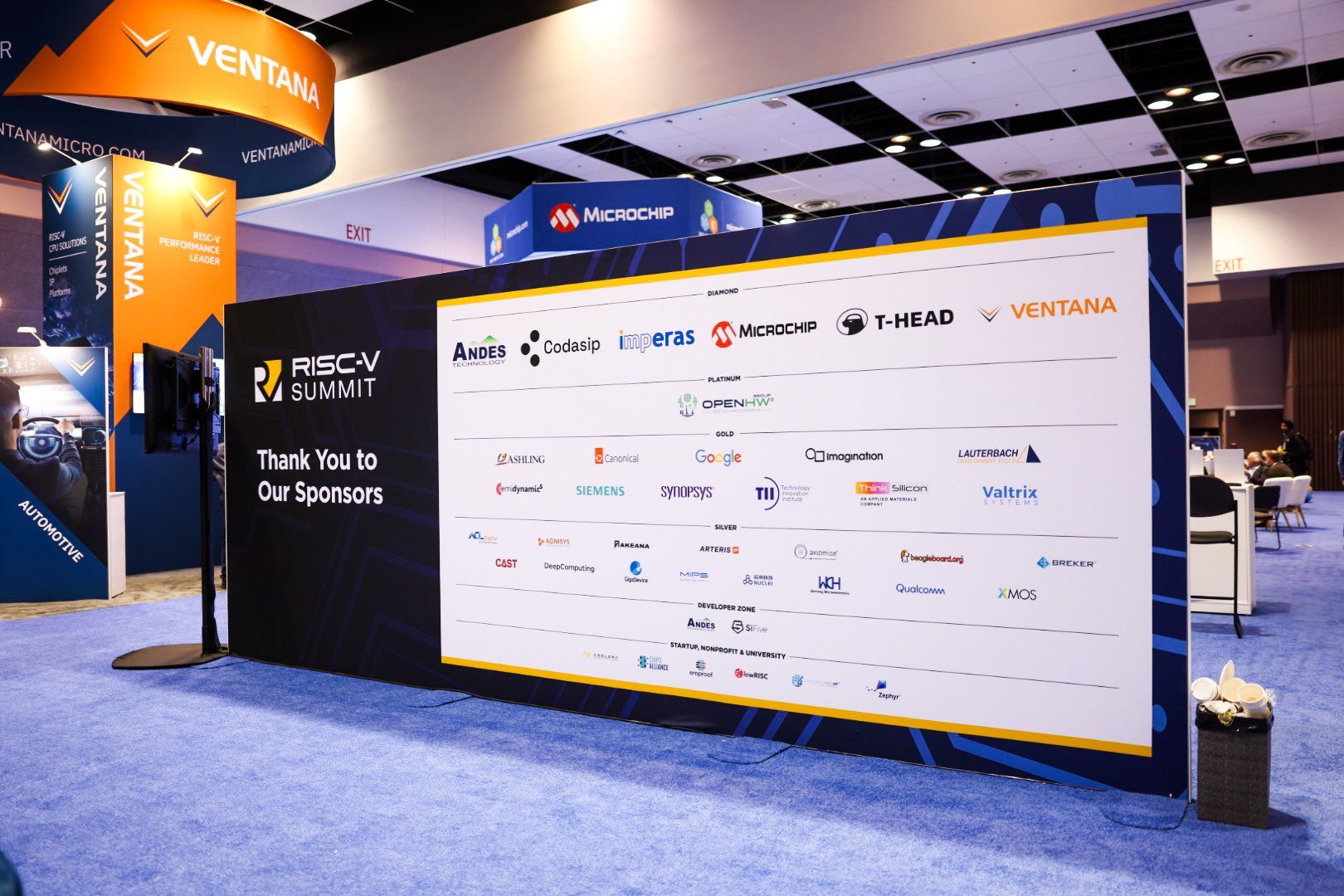
It's clear to many that RISC-V is gaining momentum in the fight against the x86 and ARM architectures in some areas, but it's not ready to replace ARM or x86 in the mainstream. In the mobile space, Google's backing shows promise, yet RISC-V phones remain years away. On PCs, x86 still reigns supreme, and ARM’s struggles with Windows compatibility underscore just how challenging it is to dislodge entrenched platforms. RISC-V laptops may appear in developer circles, but mass-market adoption is a long shot for now.
Where RISC-V has real potential is in embedded systems, low-power designs, and AI accelerators, areas where cost, efficiency, and flexibility matter more than legacy software. Its biggest challenge is the lack of software support, which won’t improve until more manufacturers and vendors start to commit. For now, ARM and x86 remain secure, but if history’s any guide, today’s niche architectures can become tomorrow’s standard, especially if the right players get on board.
.png)











 English (US) ·
English (US) ·